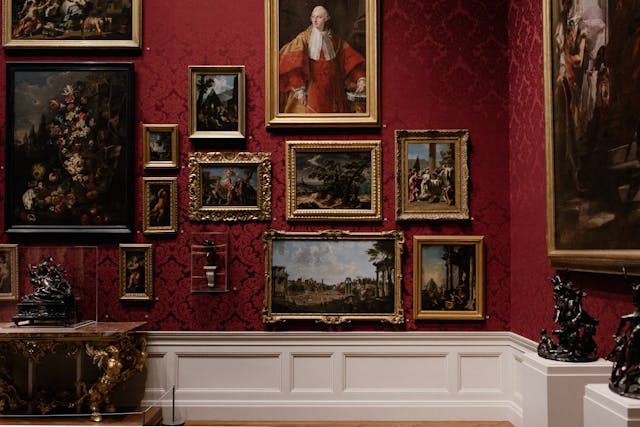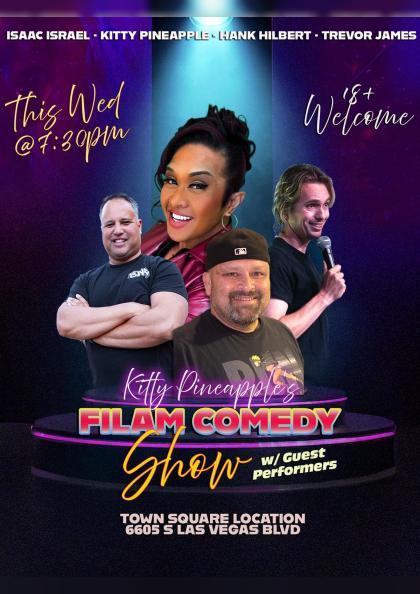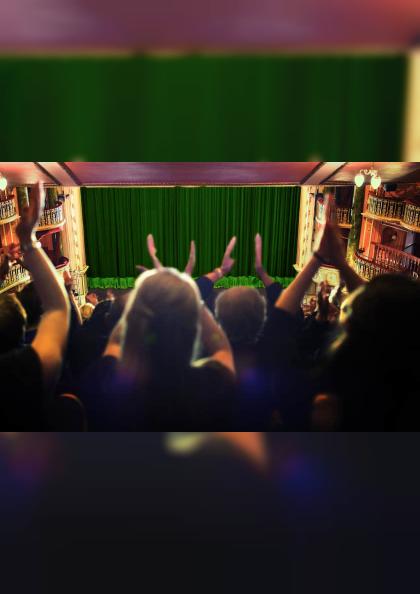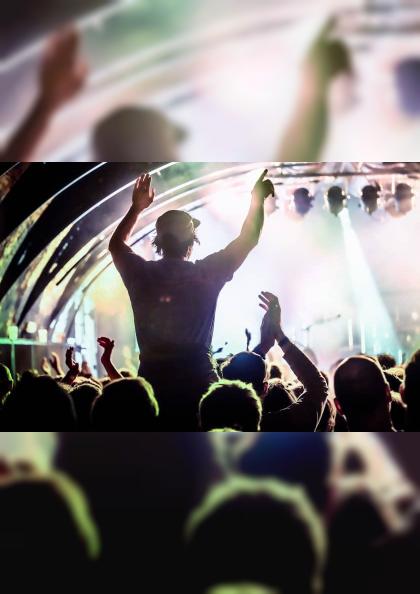The Role of Art in Social Change: How Artists Influence Movements
Art has long been a powerful tool for social change. Throughout history, artists have used their creativity to reflect societal issues, challenge the status quo, and inspire people to take action. From protest art to visual campaigns, the role of art in social movements is undeniable. This article explores how art serves as a catalyst for social change and examines the ways in which artists influence political, cultural, and social movements.

Art as a Reflection of Society
One of the most significant roles of art is its ability to reflect the issues and concerns of the time. In times of unrest, social upheaval, or crisis, art often serves as a mirror that reflects the struggles and injustices faced by individuals or communities. Artists can highlight what is wrong with society or give voice to marginalized groups, making it an essential tool for bringing attention to systemic problems.
For example, in the 1960s and 1970s, artists used visual art, music, and literature to reflect the struggles of the Civil Rights Movement in the United States. Works of art such as The Freedom Riders by artist Charles White or the music of Nina Simone and Bob Dylan became integral to the movement, speaking to the heart of the fight for racial equality and justice. These pieces captured the emotional intensity of the struggles and solidified art’s role as a vehicle for social change.
Art as Protest and Political Expression
Art often functions as a form of protest, challenging oppressive systems and calling for change. The ability of art to convey complex ideas and emotions makes it an effective tool for political expression. Whether through visual art, performance, literature, or music, artists have used their work to critique government policies, raise awareness about social injustices, and promote activism.
Protest Art and Iconic Works
-
Guernica by Pablo Picasso (1937): Picasso’s monumental painting “Guernica” is one of the most famous examples of protest art. Created in response to the bombing of the Spanish town of Guernica during the Spanish Civil War, the painting captured the horrors of war and the suffering of innocent civilians. This work became a symbol of anti-war sentiment and political resistance.
-
The Guerrilla Girls (1980s-present): The Guerrilla Girls, an anonymous group of feminist artists, used art as a tool to protest the lack of female representation in art galleries and museums. Their bold posters, featuring statistics about gender inequality and racial disparities, served as a direct challenge to the art establishment and called for systemic change in the art world.
-
Street Art and Graffiti: Throughout history, graffiti and street art have played a significant role in protest movements. The political murals in Northern Ireland during The Troubles, the “I AM A MAN” signs from the Civil Rights Movement, and the powerful visual statements made during the Arab Spring protests in 2011 are just a few examples of how art has been used to rally people and make political statements.
Art as a Means of Empowerment
Art has the ability to empower individuals and communities by giving them a platform to express their stories, struggles, and aspirations. When marginalized groups create art, it can serve as a form of resistance and self-determination. Art allows for the amplification of voices that may otherwise go unheard, providing an opportunity for individuals to share their lived experiences and connect with others.
Art and Marginalized Communities
-
The Harlem Renaissance (1920s): The Harlem Renaissance was a cultural movement that saw a flourishing of African American art, literature, music, and performance. Artists like Langston Hughes, Zora Neale Hurston, and Jacob Lawrence used their works to celebrate Black identity and resist racial oppression. This period of artistic expression not only empowered Black communities but also influenced the broader American culture and politics.
-
Indigenous Art and Activism: Indigenous artists have long used their craft to assert their rights and preserve cultural traditions. In Canada, the work of Indigenous artists such as Norval Morrisseau has been used to challenge the marginalization of Indigenous peoples and assert their sovereignty. In addition, the rise of Indigenous art activism has played a key role in movements for land rights and the protection of cultural heritage.
Art and the Power of Visual Storytelling
Visual storytelling is a powerful way to communicate complex ideas quickly and effectively. In social movements, images, symbols, and slogans often serve as rallying points that can unite people around a cause. Iconic images can become the face of a movement, inspiring others to take action or join the fight.
Examples of Iconic Visual Storytelling
-
The Feminist Movement (1960s-present): The image of Rosie the Riveter, originally a World War II propaganda poster, was later adopted by feminist movements as a symbol of women’s empowerment and the fight for gender equality. The “We Can Do It!” slogan continues to resonate with feminist activism today.
-
The "Black Power" Fist (1960s-present): The raised fist has become a universal symbol of resistance and empowerment for Black communities. The image of athletes Tommie Smith and John Carlos raising their fists on the podium during the 1968 Olympics has been immortalized as a powerful political statement of Black pride and protest against racial injustice.
-
Climate Change Activism: In recent years, youth-led climate movements have adopted compelling imagery to raise awareness of environmental issues. The iconic image of Swedish activist Greta Thunberg holding a sign reading “School Strike for Climate” became an emblem for the global climate strike movement, showing how art and activism intersect in the fight for climate justice.
Art’s Influence on Public Opinion
Art has the ability to shape public perception and attitudes toward social issues. Through its ability to evoke emotion and provoke thought, art can sway public opinion on important political and social topics. Artists often serve as a bridge between the public and the issues they seek to address, creating works that resonate with a wide audience.
For example, during the Vietnam War, artists used posters, paintings, and music to express opposition to the war. Iconic works like the poster featuring the image of a war-torn child or the anti-war song “Give Peace a Chance” by John Lennon helped mobilize the public against the war effort and changed the way many viewed the conflict.

The Global Reach of Art in Social Change
In today’s interconnected world, art has the power to transcend borders and unite people from different cultures and backgrounds. Digital platforms, social media, and global exhibitions have allowed artists to share their messages far and wide, amplifying the impact of their work. Social change movements are no longer confined to a single region or country; instead, art acts as a universal language that speaks to people across the globe.
Conclusion
Art has played, and continues to play, a pivotal role in driving social change. From protest art to empowering marginalized voices, the influence of artists in shaping social movements is immeasurable. Whether through the creation of iconic images, thought-provoking performances, or political commentary, art has the power to challenge systems of oppression, provoke new ways of thinking, and inspire action for a better, more equitable future. In this way, art is not just an aesthetic pursuit but a catalyst for social transformation.




























